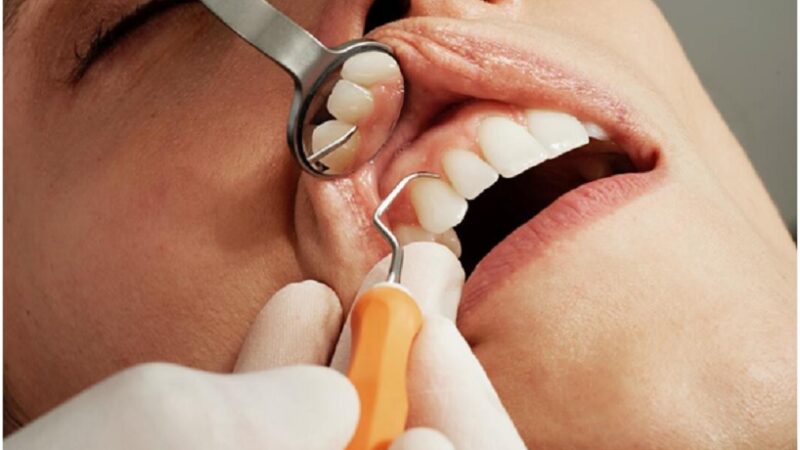There is no doubt about it that dental tooth implant in St John’s Wood are taking the world of dentistry by storm, because they help to improve the quality of life of people who have lost precious whiter teeth.
The premise that dental implants in St John’s Wood are built on is that every mouth is unique, which means that one type of implant might be successful in one patient but not for another.
If you are not sure what options are available to you, ask your dentist for information, or read on. This article outlines the different implants available to you.
A single tooth implant
Tooth loss caused by a knock to the mouth requires a replacement in the form of a single dental tooth implant.
The implant, which is a titanium screw, is inserted into your jawbone with a drill and left to heal. During recovery, your bone fuses to the metal in a process called osseointegration, where the body sees the foreign object as surrounding tissue.
Immediate load dental implant
An ordinary implant does not offer quick fixes, which means it might be a while yet before you can show off your new smile.
Losing a tooth is a terrible ordeal, and having gaps between your teeth can be a massive knock to your confidence. People want their teeth replaced, and they want to have it done now.
The invention of immediate load dental implants or simply immediate loading recognised this urgent need.
How it works
The implant replaces a tooth quickly after it is lost or removed by extraction. After 48 hours, a temporary crown is placed over the implants.
You need enough jawbone to be considered a viable candidate for immediate loading. At the same time, this procedure is only for single-tooth restorations only. You will have to find an alternative if you suffer from significant tooth loss.
All-on-4 implants are suitable for patients who have lost many if not all their teeth, or have teeth that are in an advanced stage of decay and facing extraction.
All-on-4 is also the next best alternative to standard dental implants, a procedure that sometimes requires bone graft surgeries for patients who lack bone density in their jaw.
Having enough bone is not a requirement for All-on-4 because the implants are inserted wherever there is bone available. Typically, four implants are drilled in your upper and lower jaw, after which a prosthesis is then attached.
A unique abutment piece is made during the initial procedure, this is where temporary teeth are attached, which should only be used while the implants are still integrating. This way, the patient will not have to sport a gummy mouth while waiting for their implants to heal.
Mini implants
As the name suggests, mini implants are smaller than your average-sized implant, typically the size and length of a toothpick. These implants are only really used to provide stabilisation to loose dentures, and in some cases, are used as an alternative to standard implants where sufficient bone is needed.
There is no ‘one-size-fits-all’ to replacing teeth. Chat to your dentist about your options.










